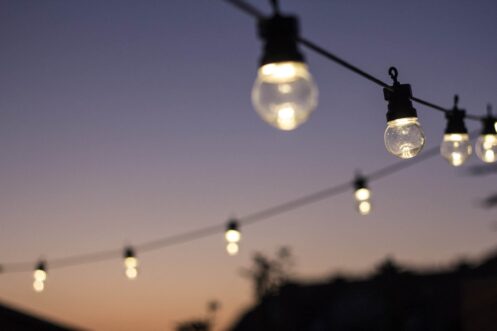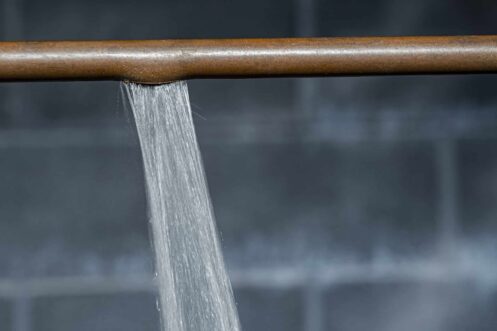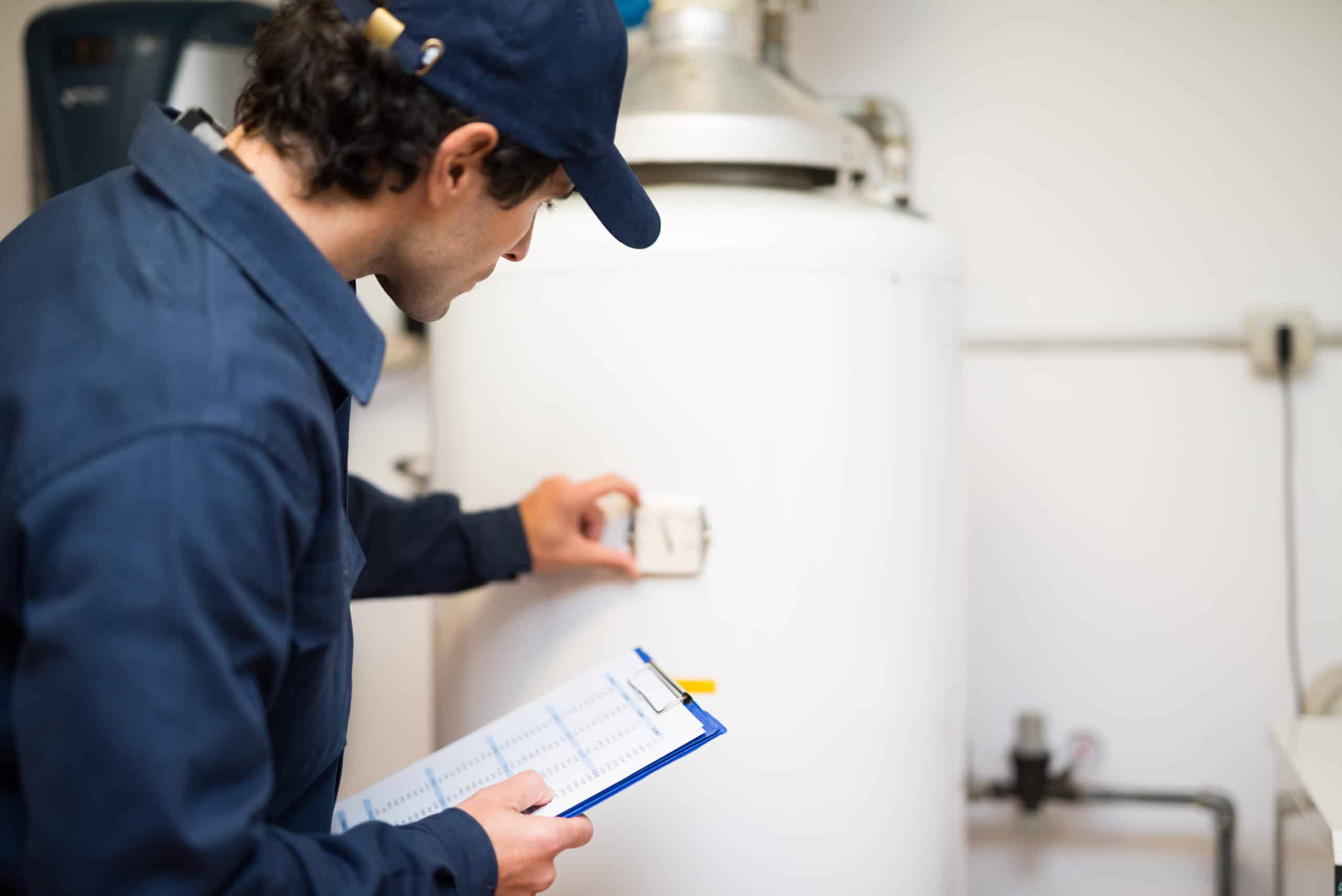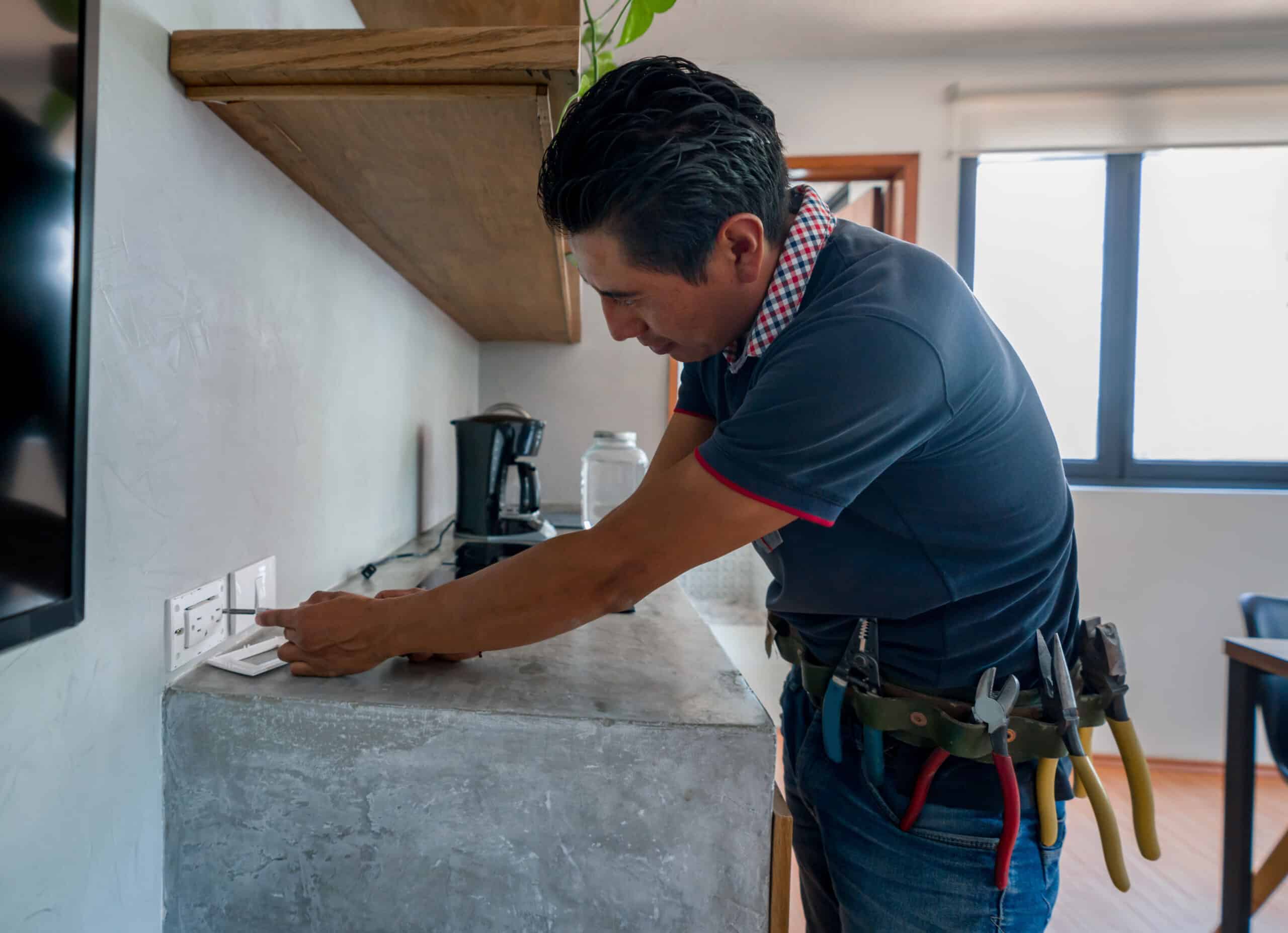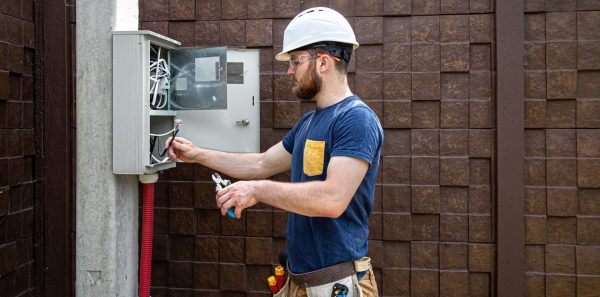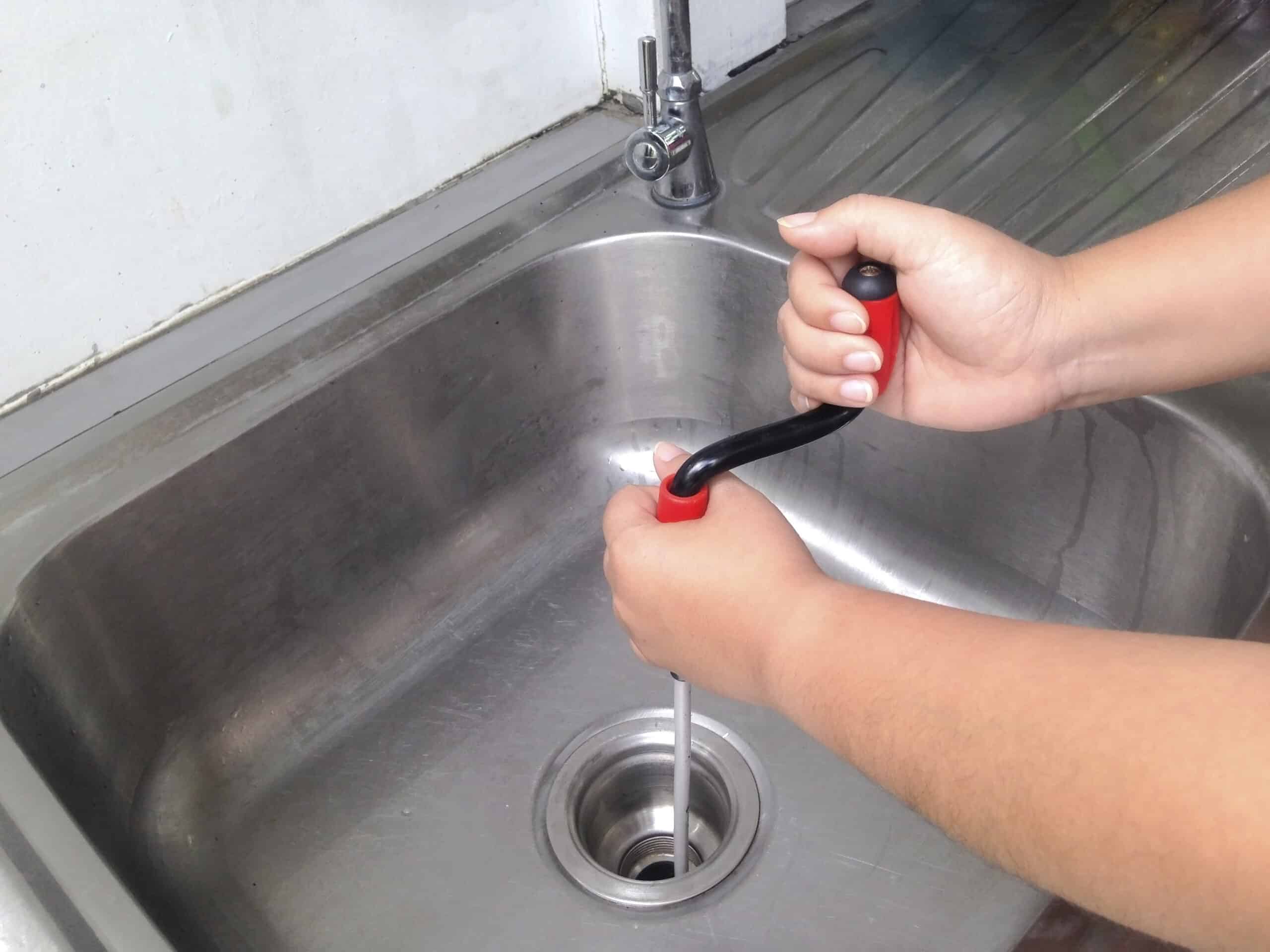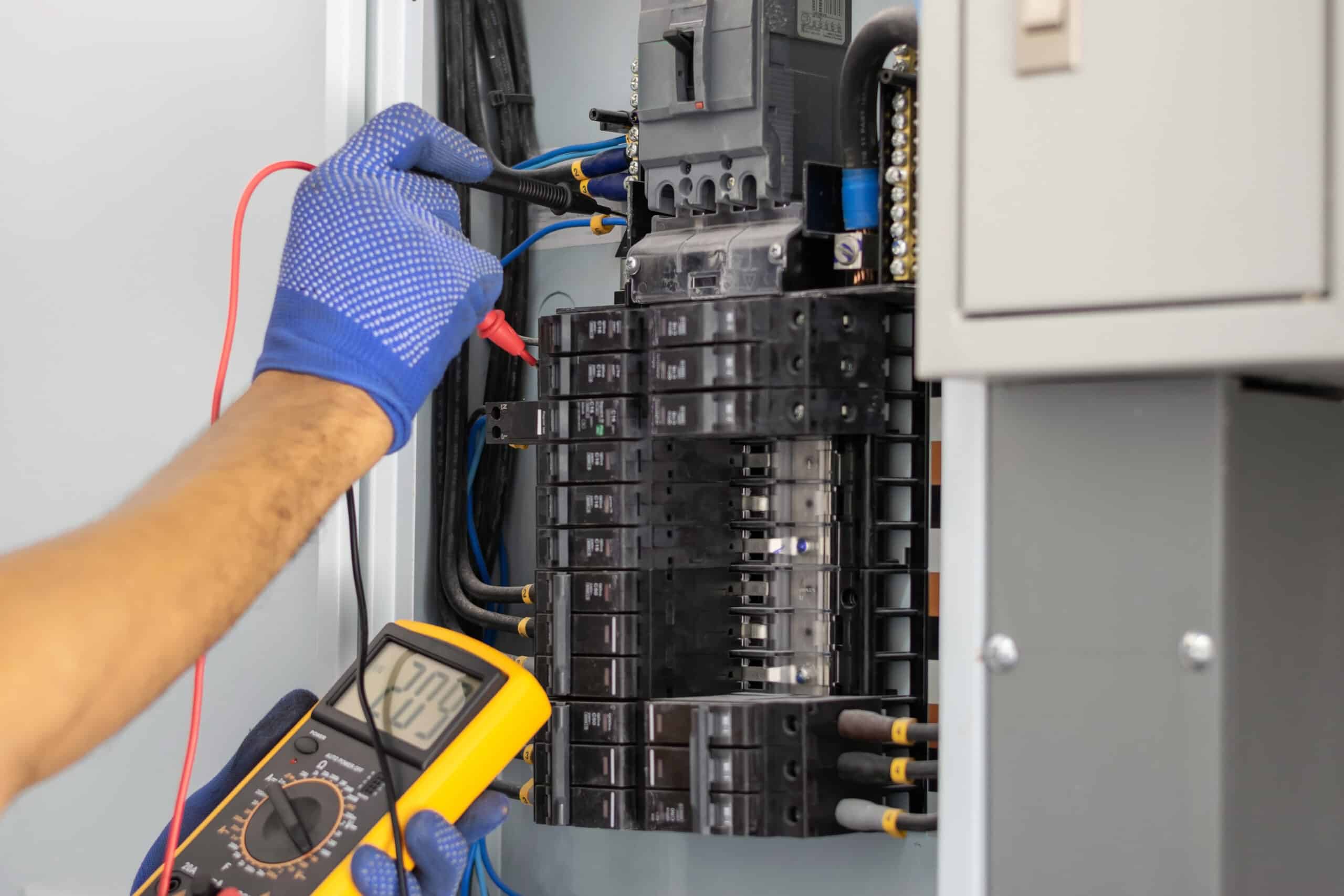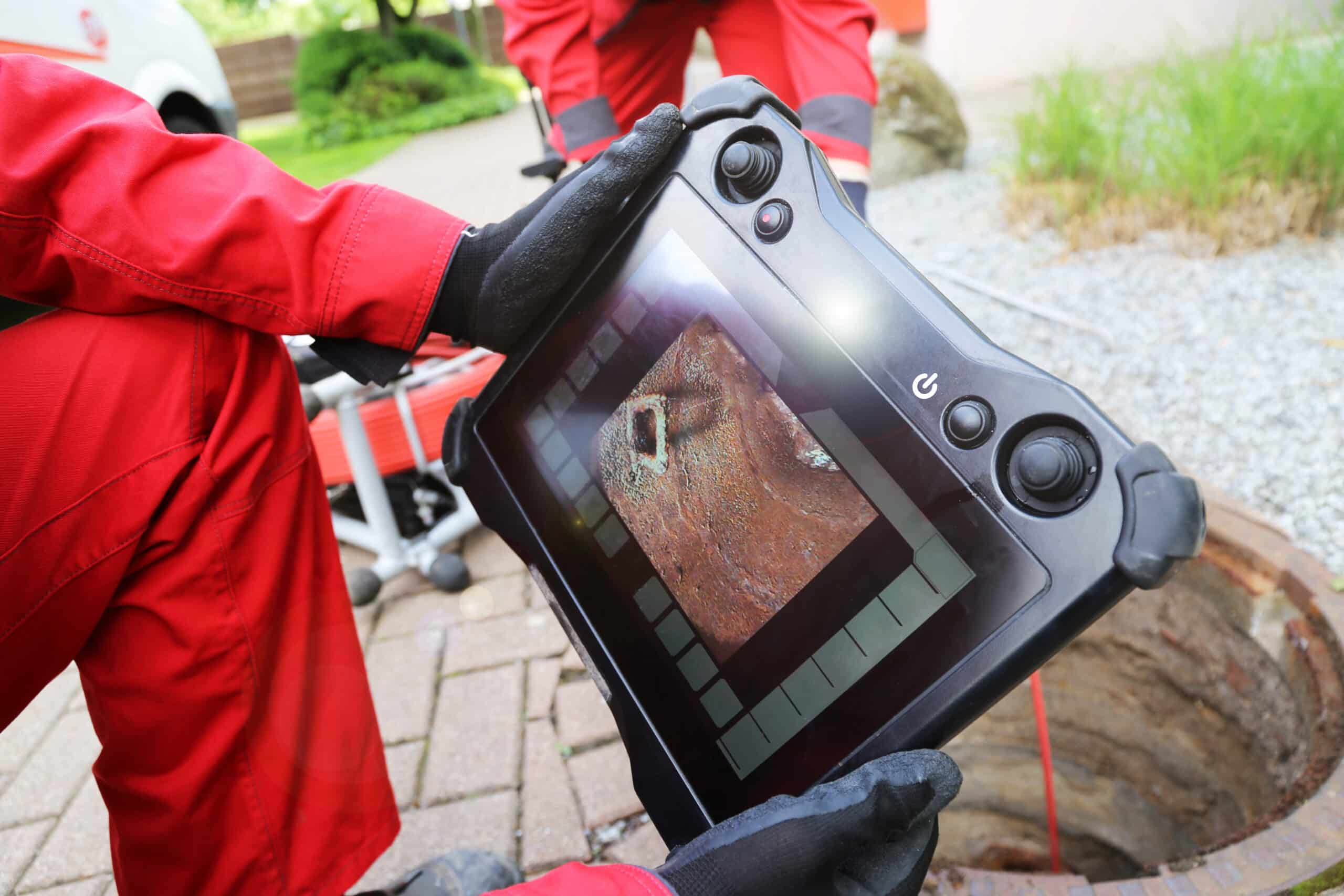Anytime water is leaking in or near your home, you have a problem. There could be a serious issue with your furnace. If you see water leaking from your furnace, you should call a professional to examine your heating and cooling in Wichita, K.S. But before you make the call, you might want to understand what’s going on. Here are a few reasons you could have a water leak.
Understanding How Your Furnace Works
Before you can learn why your furnace is leaking, you need to understand how it works. As much as you might love your furnace, you probably don’t know much about its functionality. Knowing how your furnace works helps you care for it and can prevent the need for future repairs.
Everything starts at your thermostat. When you set your thermostat to a certain temperature, you tell the furnace when to kick on. As soon as the furnace reaches the temperature, the system begins heating your home. But where does the heat come from?
If you have a gas furnace, the local gas supply provides your system with natural gas. The burner kicks on and lights the gas. Then, the cold air from inside your home enters the furnace, and the burning natural gas warms the air inside a component known as the heat exchanger. The process creates exhaust, which pumps out of the furnace and through an exhaust pipe.
Meanwhile, the warm air remains in your home. A blower fan directs the heat to the appropriate places. As a result, the temperature inside your home increases and approaches the thermostat setting. Cold air continues to go into the furnace, and the process repeats. When the temperature matches the thermostat, the gas valve switches off, and the heating cycle ends.
Where Could Water Come From?
In the process described above, there is no discussion of water. So, if you have water leaking from your system, you can be sure that it’s not normal. Typically, a leaking furnace is caused by one of the following issues:
Condensate Drain Leak
When your furnace creates heat, some condensation forms. Your furnace should have a condensate drain line to catch the water and prevent it from going elsewhere. After traveling through the drain line, the water ends up outside.
If you have a clog or leak in your condensate drain line, the water won’t go where it should. It could overflow in the drain pan and leak inside your home or leak from another point in the line. Clogs are the most likely cause of leaks, as algae and mildew can form and block the flow of water.
The water damage from the condensation could cause you serious problems. If you’ve ever dealt with water damage, you know how expensive it can be. You may need to replace the flooring, deal with mold remediation, or replace structural elements in your home. If you suspect an issue with your drain line, you should check with an experienced professional.
Humidifier Leak
If you have a humidifier leak, you will also notice water coming from your furnace. Your humidifier connects to your plumbing system, and any breakage in the connection results in water spilling out. Either a clog or a break makes water drip from the connection point.
Although a humidifier leak isn’t the most common type of issue with furnaces, it does happen. You can check the connection yourself and call a professional for more guidance.
Plumbing Leak
At times, the leak isn’t from your furnace at all. It can be difficult to determine the origin of a leak in your home. Even if the water is near your furnace, it could be coming from your plumbing system.
If this is the case, there’s nothing wrong with your furnace at all. You still need to call a professional and have them inspect your plumbing, and it may be a good idea to have them examine your furnace as well.
Clogged Filter
The air filter on your furnace only works well when it’s clean. If you have a dirty air filter, the airflow is restricted. This takes a toll on your furnace and causes the coils to freeze over. When the frozen water melts, it leaves behind water on your floor.
Fortunately, it’s easy to prevent this problem. If you change your air filters on a regular basis, you don’t need to worry about frozen coils. You should check your filters every few months and replace them as necessary.
Broken Heat Exchanger
As a furnace owner, your biggest concern should be a heat exchanger issue. And, unfortunately, a leaking furnace could be from a faulty heat exchanger. If none of the other circumstances seem to be causing the leak, you should have a professional examine the heat exchanger.
Because a broken heat exchanger is such a costly fix, you may need to replace your furnace. Wait for your HVAC professional to assess the situation and advise you on the best way to proceed.
How to Handle a Leaky Furnace
You already know the importance of calling a professional for a leaky furnace. But there are also a few simple steps you can take to minimize the damage, such as turning off the system. You can switch the furnace off from the breaker if you don’t see a switch on or near the furnace itself.
After you turn the furnace off, clean up the water. You can use towels or a wet vac to suck up all the water from the floor. If you aren’t careful, you could leave remnants of water and end up with mold growth.
Finally, make sure you have a professional come out before you use your furnace again. Otherwise, the water will continue to leak, and the problem may worsen.
Call Us for Your Heating and Cooling in Wichita, KS
The next time you have a leak with your heating and cooling in Wichita, KS, call us at Eck Services. We’re here to help, and we’ll respond quickly. You can trust us with all of your heating and cooling needs.



